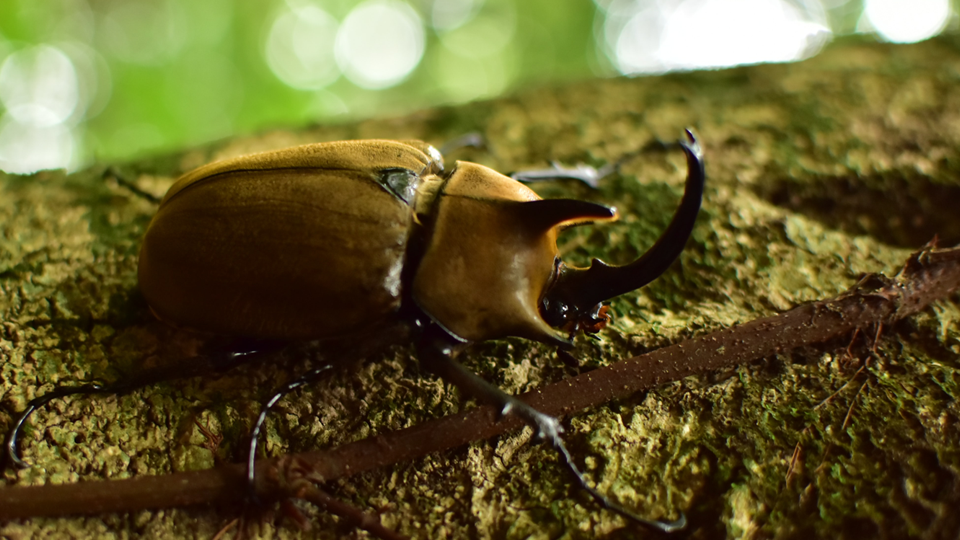
Bug sports: watch insects run, jump, lift weights, and wrestle
Bugs can do amazing things with their small bodies. On any given day, you can find spiders crawling upside down on the ceiling, bumblebees hovering around flowers, or water striders dancing on ponds.
How do bugs move the way they do? Spoiler: It’s not that different from human movement.
Do bugs have muscles?
The word arthropod comes from the Greek words “joint” and “leg” because insects and other arthropods have visible joints on their bodies. These joints can be found everywhere, but the three body segments — head, thorax, and abdomen — show off the biggest, most easy-to-see joints.
Arthropods are different from humans because they have hard outer shells called exoskeletons instead of bones. We do have a few things in common, though! We all have hearts, brains, nervous systems, and muscles. In humans, our muscles are attached to our bones through connective tissue called tendons, but in arthropods, their muscles are connected by small hooks to the inside of their exoskeletons. But despite these differences, we all move the same way: by contracting and relaxing muscles.
Zumba, but with bumblebees
These bees use their strong wing muscles to shake flowers, dusting themselves with pollen, which will help feed their young and create more flowers. Slow motion lets us see the details in their movements.
Why are these beetles completing Herculean feats of strength?
Many species of beetles use their large horns to wrestle. Why do they wrestle? For the chance to court a female beetle. Whichever beetle gets lifted out of the ring loses the chance at a first date. Hercules beetles can lift 850 times their own body weight, making them the strongest creatures on Earth for their size — no wonder they have Hercules in their name!
How do walking sticks get around?
Researchers analyzed which of the walking stick’s six legs did what. It turns out that not every leg has the same job: The hind legs provide most of the power, while the middle legs are used for steering and the front legs reach out to feel what’s coming at the insect next. Roboticists have actually used this combination of roles to better program walking robots.
Surface tension + actual tension = the life of a water strider
These insects might seem like peaceful skaters, but they use their tiny leg hairs, known as micro-setae, to trap a layer of air between them and the water, which allows them to glide around and find prey on the surfaces of ponds. Viewers beware: This video shows bugs eating other bugs.
Ant lightweight championship
Ants possess remarkable strength relative to their size because their muscles don't scale proportionally with body mass: As creatures get smaller, their muscle cross-sectional area (which determines strength) decreases more slowly than their overall weight. This means that while an ant might weigh only a few milligrams, its muscle fibers can still generate enough force to lift objects 10-50 times their own body weight.
Additionally, ants have evolved highly efficient muscle arrangements and leveraging systems in their limbs that maximize the mechanical advantage of their movements, allowing them to grip, carry, and manipulate objects with extraordinary precision and power for their diminutive size.
Tumbling caterpillar gymnasts
Watch caterpillars battle thousands of years of evolution as they try to eat the seeds within a Touch-Me-Not seed pod. Caterpillars and other insects are great at surviving these big falls because their mass to surface area ratio is so small, meaning that when they do fall, the air acts like a parachute, slowing their descent to the ground. Instead of getting smushed, they’re able to get right back up and keep inching towards greatness (and tasty plants).